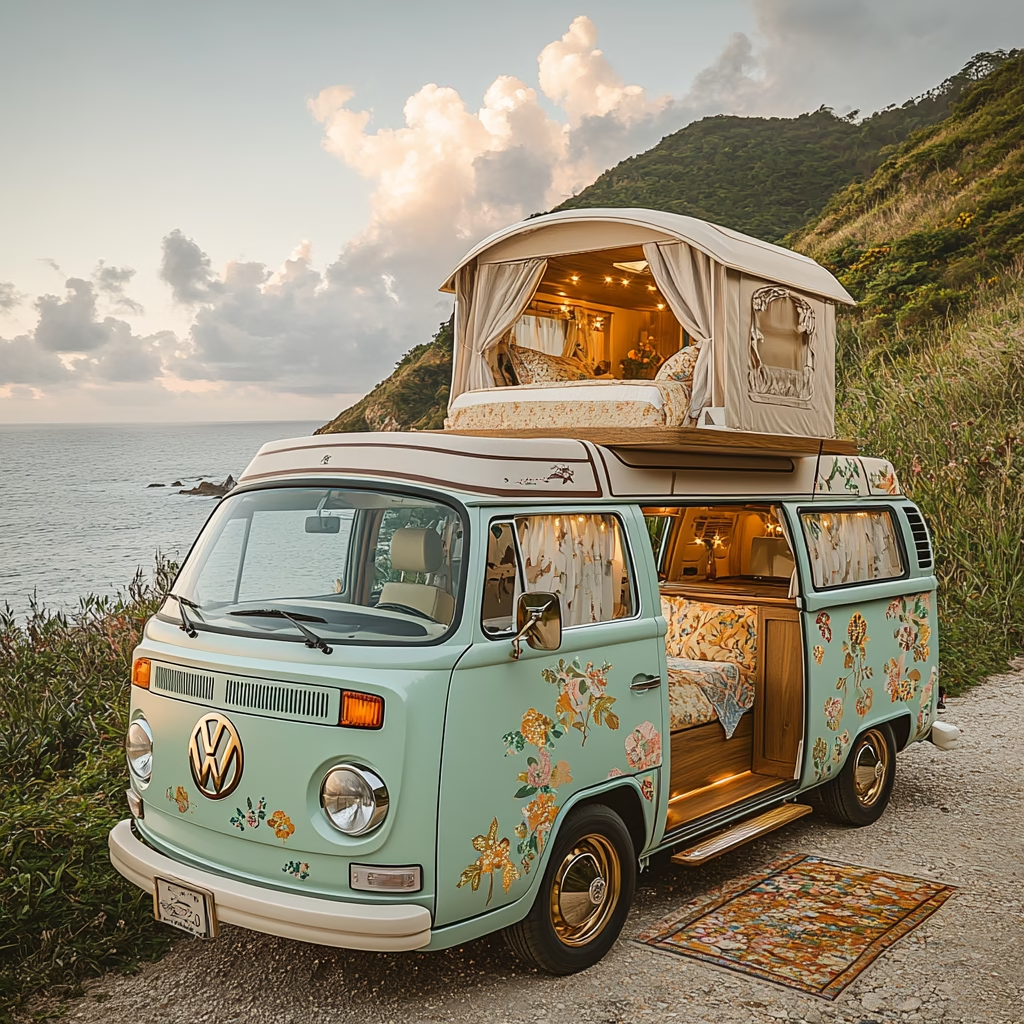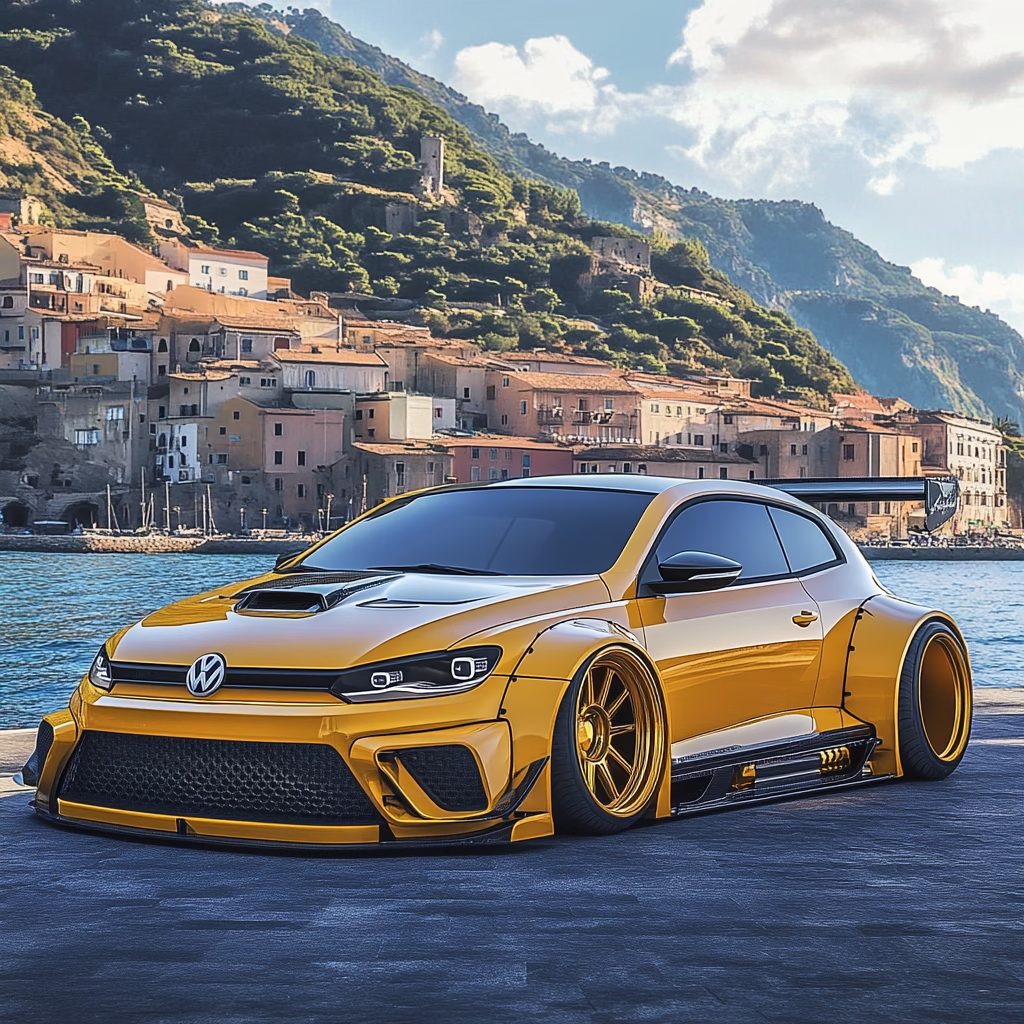The Volkswagen Combi Camper has established itself as more than just a vehicle a cultural icon representing freedom, adventure, and the open road. From its humble beginnings in post-war Germany to its status as a beloved classic sought after by collectors and enthusiasts worldwide, the VW Combi Camper has a rich history and enduring appeal that few other vehicles can match.
The Birth and Evolution of the Volkswagen Combi Camper
The story of the Volkswagen Combi Camper begins in the late 1940s. Dutch businessman Ben Pon visited the Volkswagen factory in Wolfsburg, Germany, and sketched a simple design for a boxy, utilitarian vehicle based on the Beetle’s platform. This sketch would eventually evolve into the Type 2 Transporter, which first rolled off the production line in 1950.
The earliest versions, now known as “Splitties” due to their distinctive split windshield, were primarily designed as delivery vans. However, Westfalia, a German company specializing in caravan conversions, saw the potential for something more. In 1951, they began converting these vehicles into campers, adding beds, kitchenettes, and pop-up roofs—creating the first official Volkswagen Combi Campers.
Through the decades, the Combi Camper evolved through several distinct generations:
- T1 (1950-1967): The original split-window model that captured the imagination of a generation.
- T2 (1967-1979): Featuring a more powerful engine and the iconic “bay window” design.
- T3 (1979-1992): More angular and modern, with significantly improved performance.
- T4, T5, T6, and T7: The later generations brought modern amenities while maintaining the spirit of the original
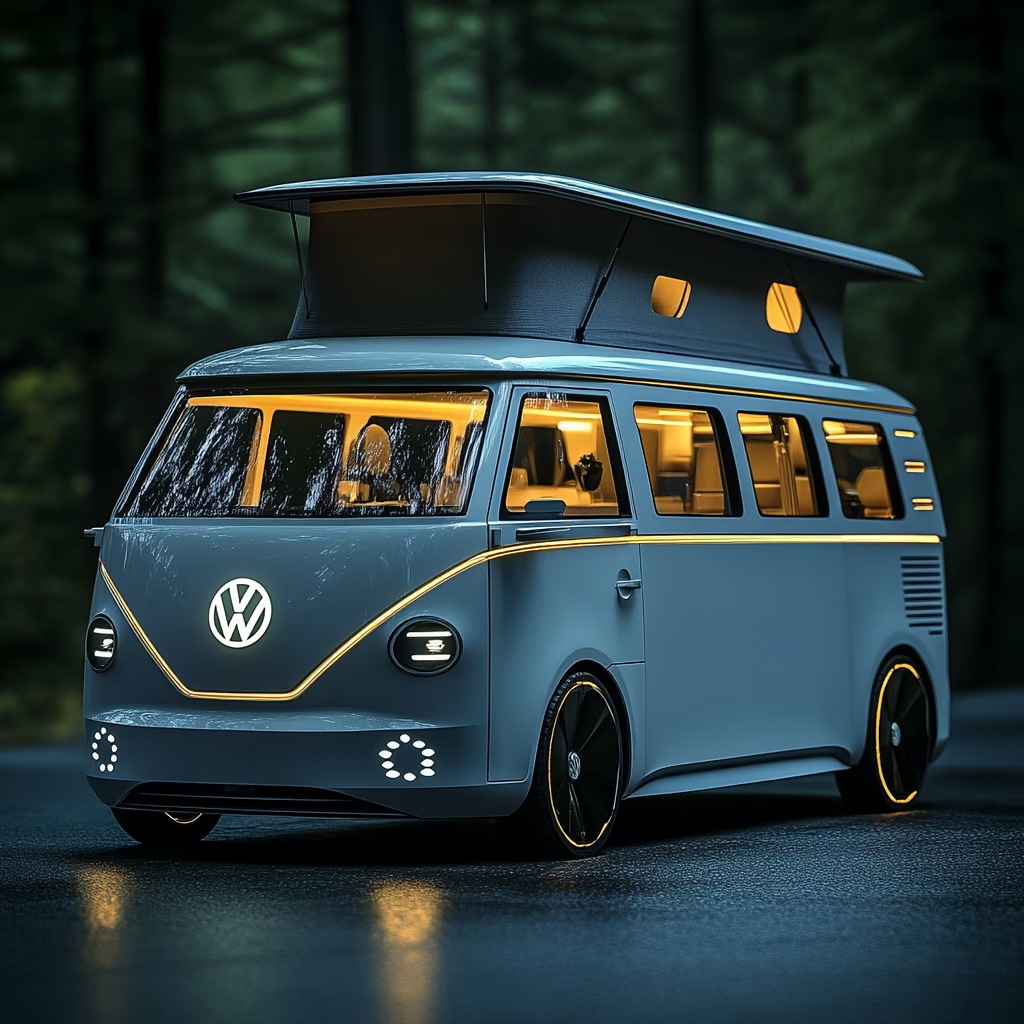
Why the Volkswagen Combi Camper Became a Cultural Icon
The 1960s saw the Combi Camper rise to prominence as the vehicle of choice for the counterculture movement. Its affordability, reliability, and spacious interior made it perfect for young people seeking an alternative lifestyle. The image of a VW Combi painted with psychedelic colors and peace symbols became synonymous with the hippie movement, music festivals, and the quest for freedom.
This cultural significance wasn’t just a passing trend. The Combi Camper represented something deeper—a rejection of consumerism in favor of minimalism and experiences over possessions. It embodied the idea that home isn’t necessarily a fixed location but can be wherever you park for the night.
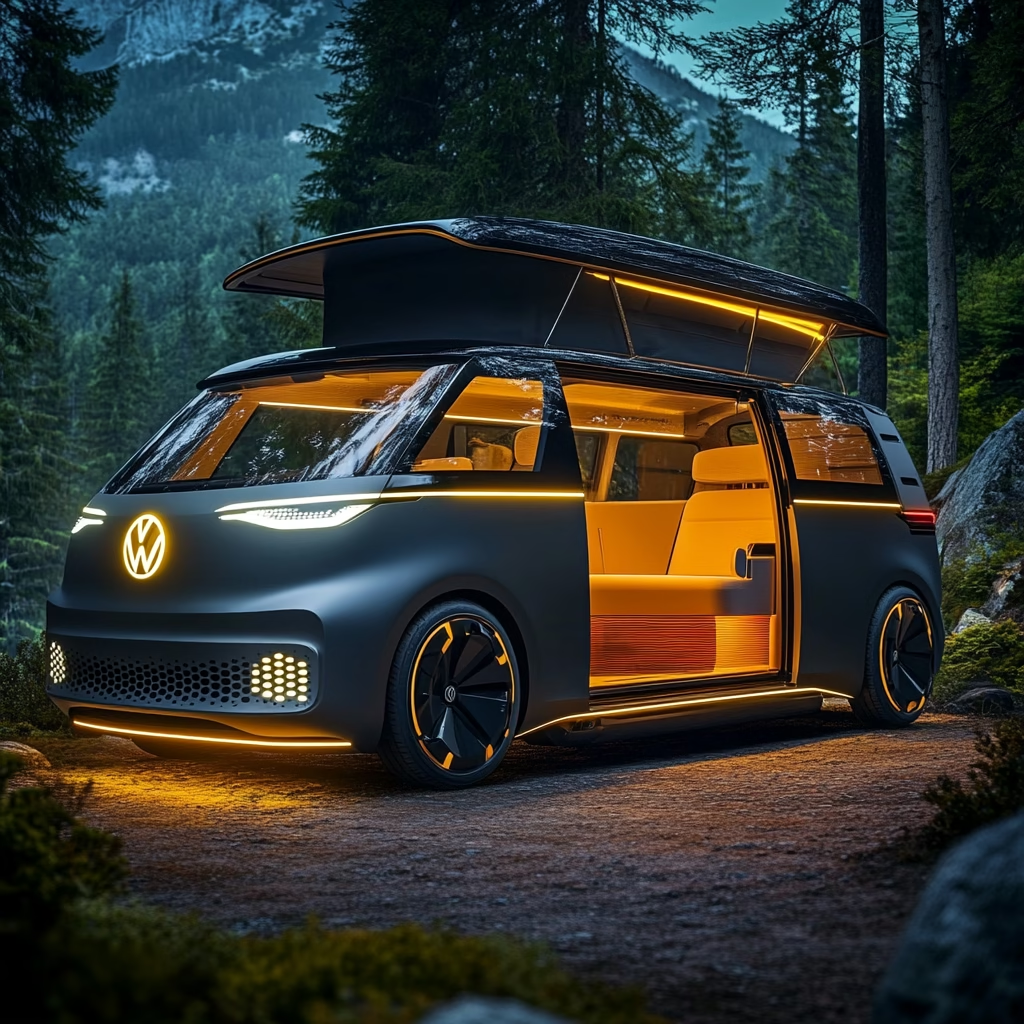
Features That Make the Volkswagen Combi Camper Unique
What sets the Volkswagen Combi Camper apart from other recreational vehicles is its ingenious design that maximizes space efficiency. Despite its relatively compact exterior dimensions, the interior layout provides all the essentials for comfortable living on the road:
Innovative Space Utilization
The original Westfalia conversions introduced clever features like:
- Fold-down beds that convert to seating during the day
- Compact kitchenettes with sinks, stoves, and refrigerators
- Storage compartments integrated into every available space
- Pop-top roofs that provide additional headroom and sleeping space
Mechanical Simplicity
The air-cooled engines of the early models were remarkably simple in design, making them easy to maintain and repair even with basic tools. This mechanical simplicity contributed significantly to the Combi’s popularity among travelers who needed a reliable vehicle for long-distance journeys.
Customization Potential
Perhaps more than any other vehicle, the Volkswagen Combi Camper has become a canvas for personal expression. Owners have customized their campers with unique paint jobs, interior designs, and modifications that reflect their personalities and needs.
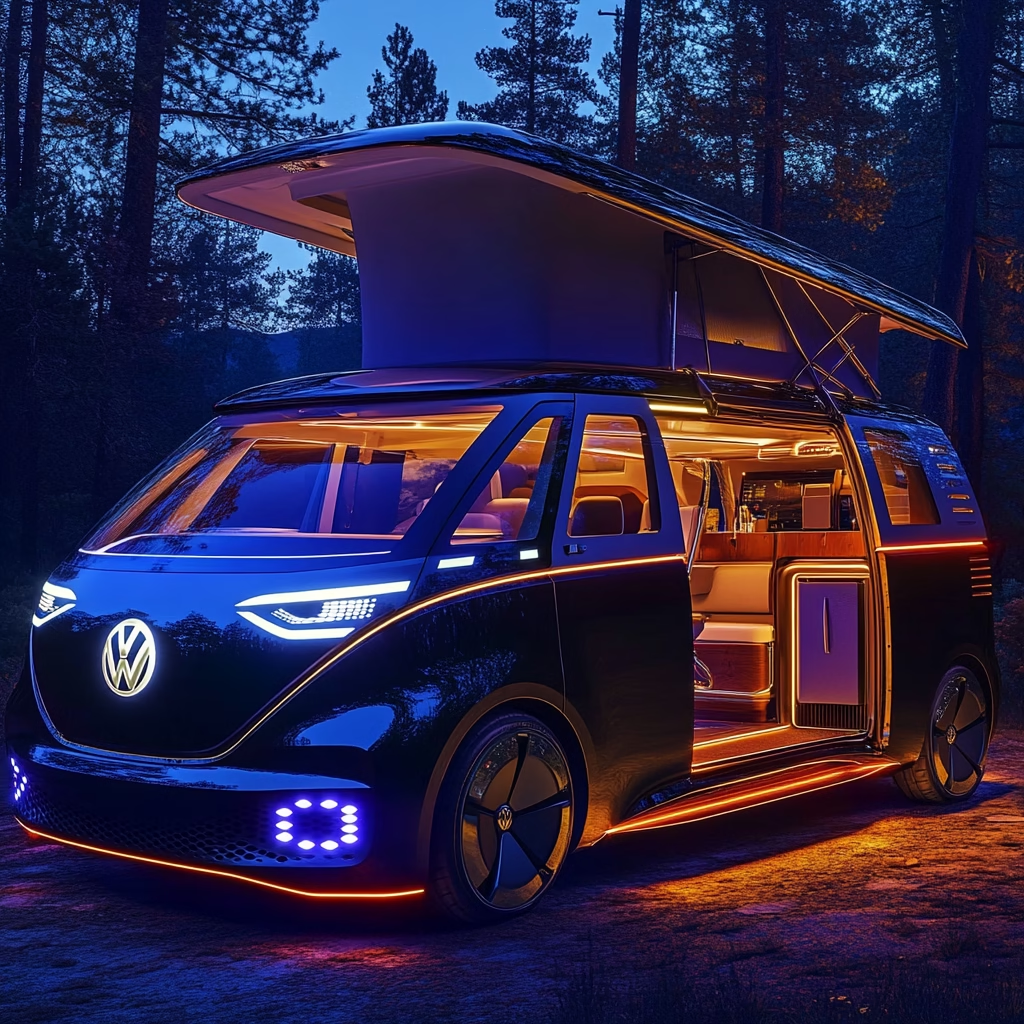
Modern Iterations and the Electric Future
In recent years, Volkswagen has recognized the enduring appeal of the Combi Camper and has released modern interpretations that combine vintage aesthetics with contemporary technology. The California model, while not officially available in all markets, continues the tradition of factory-built camper vans.
Most exciting for enthusiasts is the upcoming ID. Buzz, an all-electric vehicle that draws heavy inspiration from the original Combi. Scheduled for release with a camper variant, the ID. Buzz represents the next chapter in the Combi Camper story—one that embraces sustainable technology while honoring its heritage.
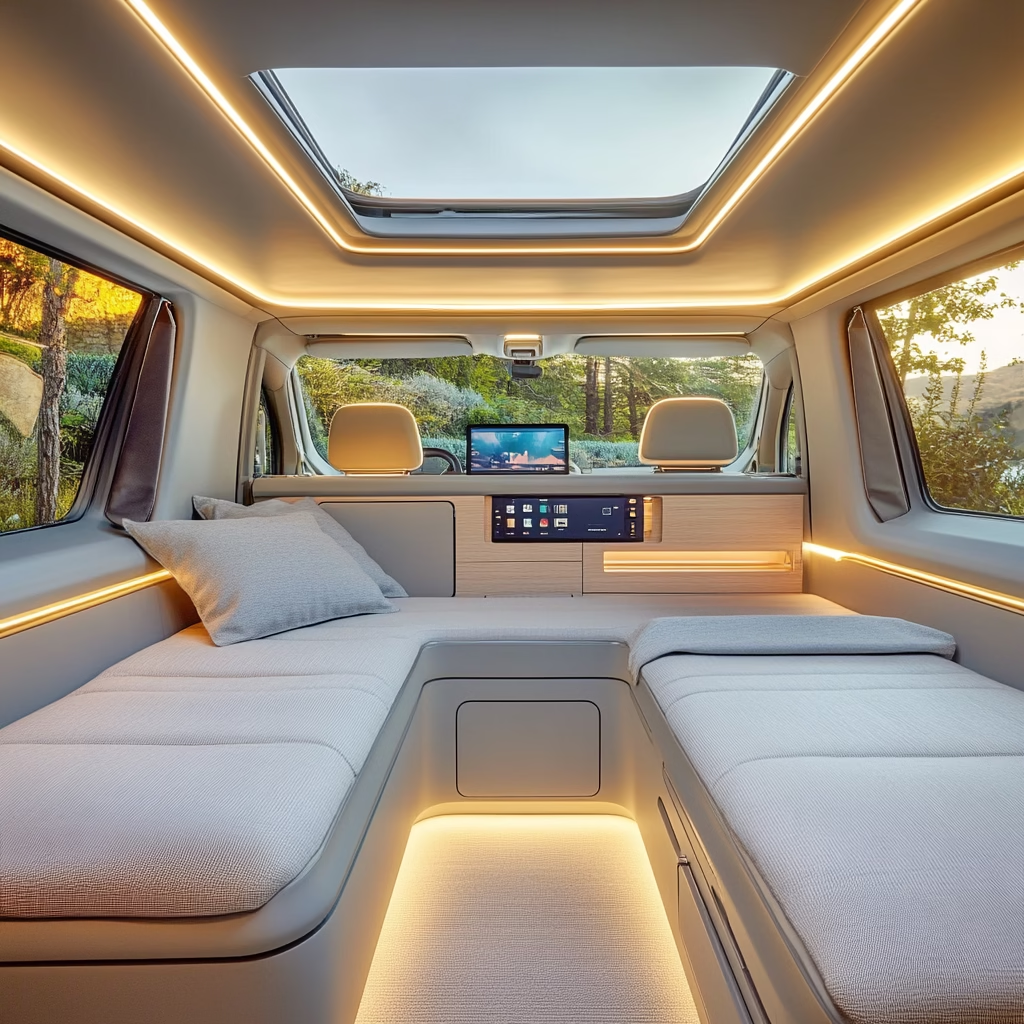
Owning a Volkswagen Combi Camper: Practical Considerations
For those considering joining the community of Combi Camper owners, there are several practical aspects to consider:
Classic vs. Modern
Vintage models offer unmatched charm and character but require more maintenance and lack modern safety features. Newer models provide reliability and comfort but come with a higher price tag and different driving dynamics.
Restoration and Maintenance
Restoring a classic Combi Camper can be a labor of love and a significant investment. Parts availability varies depending on the model year, and specialized knowledge is often required for major repairs. However, a strong community of enthusiasts and specialists exists to support owners.
Value and Investment Potential
Well-maintained classic Volkswagen Combi Campers have seen their values increase substantially over the past decade. Early split-window models in good condition can command prices well over $100,000, making them not just vehicles but potential investments.
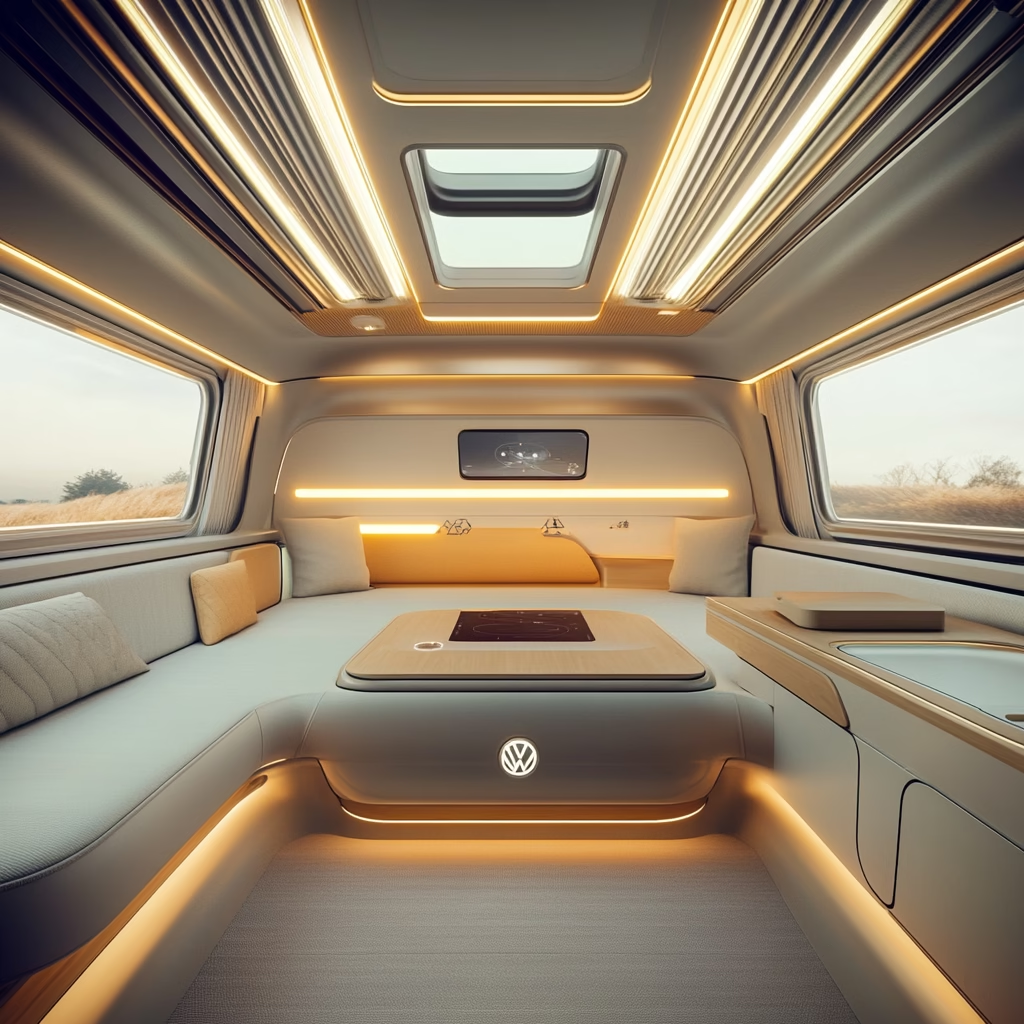
The Global Community of Volkswagen Combi Camper Enthusiasts
One of the most rewarding aspects of Combi Camper ownership is joining a global community of like-minded enthusiasts. From local meet-ups to international gatherings, Combi owners share a passion that transcends borders and generations.
Forums, social media groups, and annual events bring together thousands of owners who exchange tips, stories, and assistance. This sense of community reinforces the special place the Volkswagen Combi Camper holds in automotive culture.
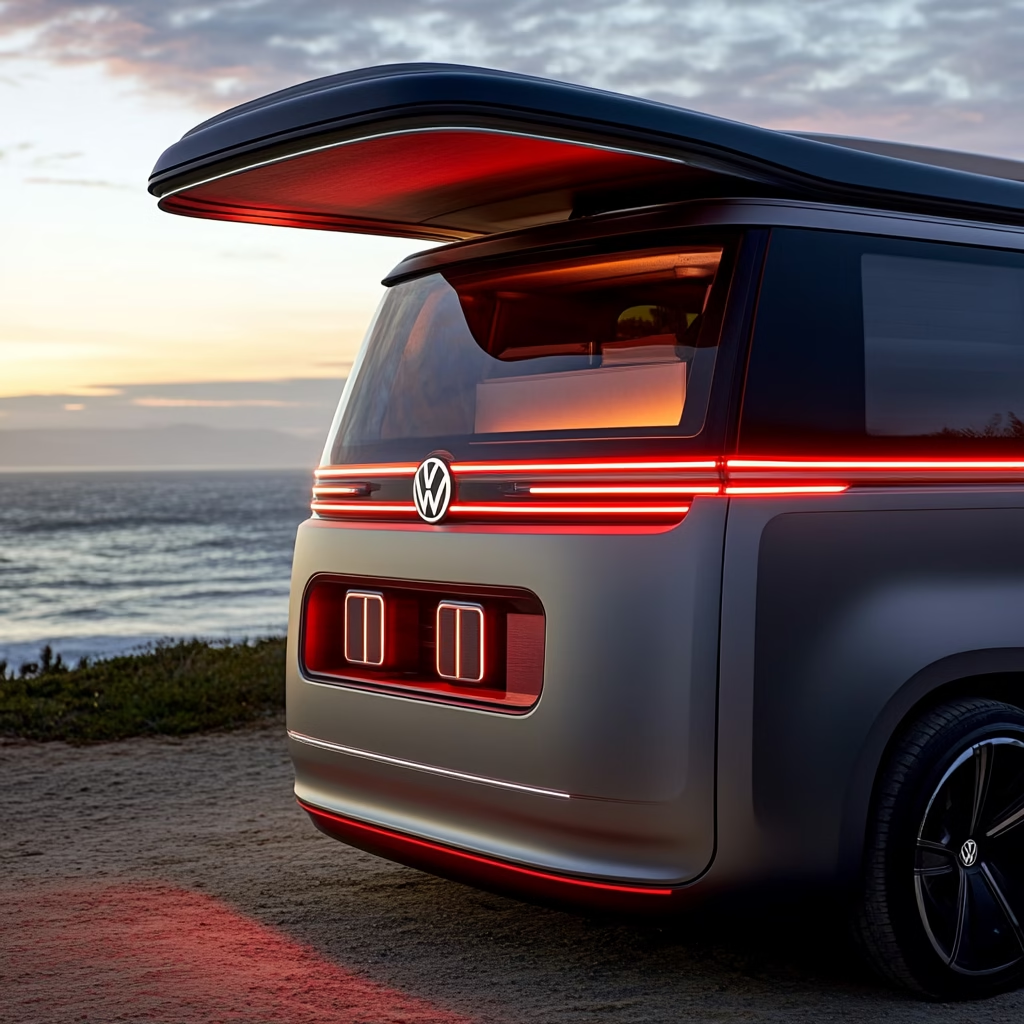
Planning Your Adventure in a Volkswagen Combi Camper
The ultimate purpose of a Combi Camper is, of course, adventure. Whether it’s a weekend getaway or a cross-continental journey, these vehicles are designed to make travel accessible and enjoyable. Modern amenities can be added to vintage models, including solar panels, portable toilets, and outdoor showers, enhancing the camping experience while maintaining the classic aesthetic.
Popular routes for Combi adventures include coastal highways, national parks, and historic roads. The moderate pace of travel in a Combi encourages a slower, more mindful approach to exploration—one where the journey truly is as important as the destination.
Conclusion: The Timeless Appeal of the Volkswagen Combi Camper
The Volkswagen Combi Camper has endured for over seven decades because it represents something timeless—the freedom to chart your own course and the comfort of having a home wherever you go. In an age of rapid technological change and increasing complexity, the simplicity and purpose-built nature of the Combi Camper continues to resonate.
Whether you’re drawn to the nostalgia of a perfectly restored classic or excited by the sustainable future promised by its electric descendants, the Volkswagen Combi Camper offers something unique in the automotive world—a vehicle that’s not just a means of transportation but a lifestyle choice and a statement about how you choose to experience the world.
For generations of travelers, adventurers, and free spirits, the Volkswagen Combi Camper has been more than just a vehicle it’s been the key to unlocking unforgettable experiences and the perfect companion for life’s journey.


